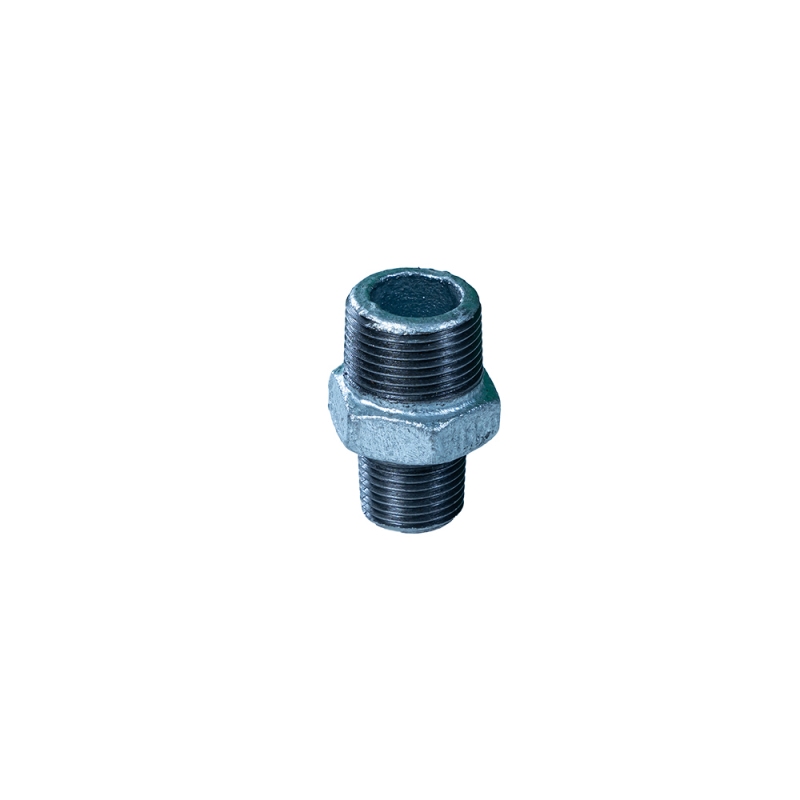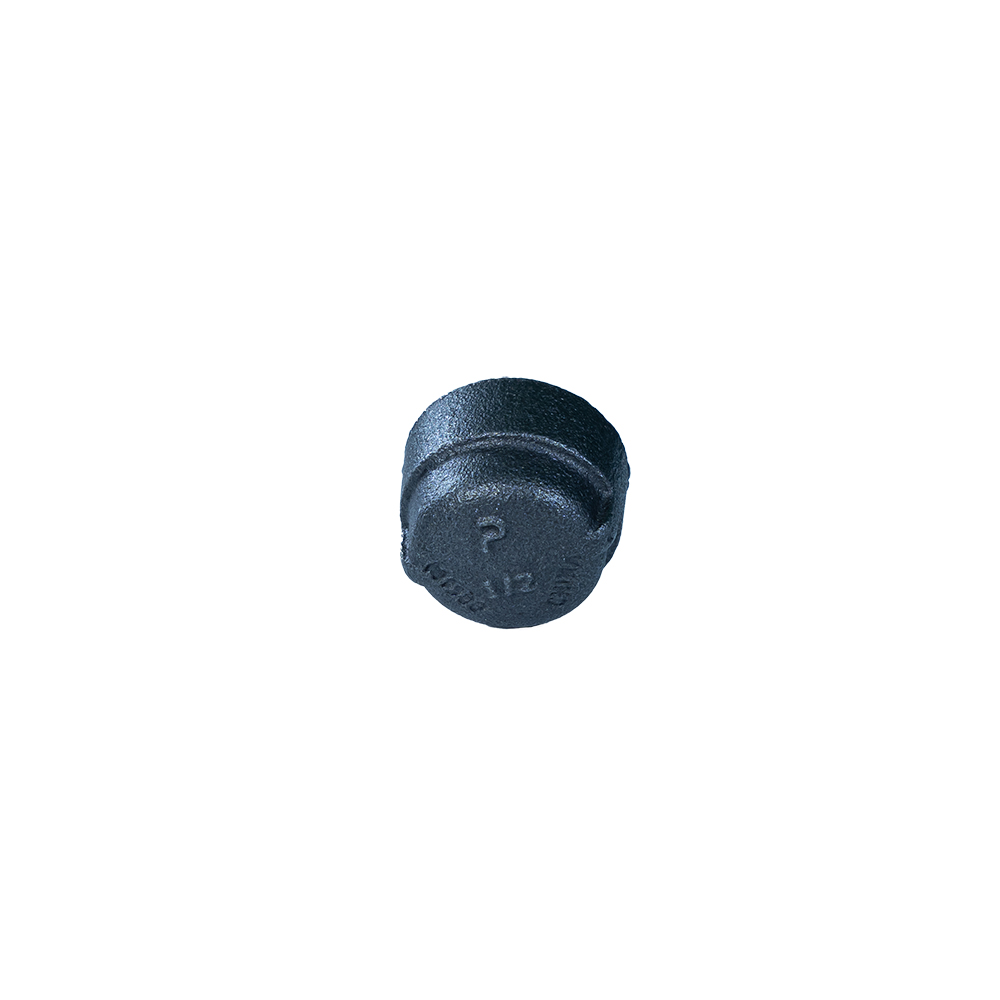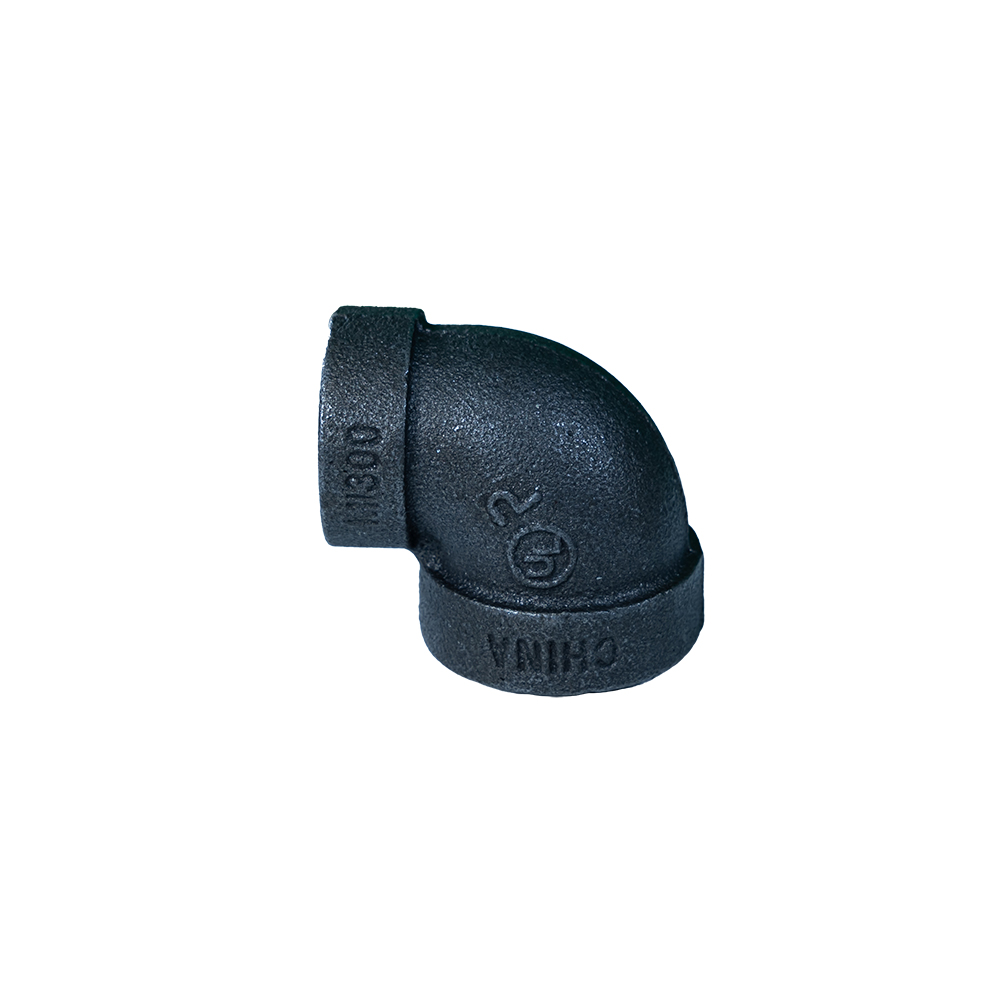Why the Piping Coupling Still Matters More Than Ever
Having spent more than 15 years around industrial equipment — from rig floors to plant piping rooms — I can tell you that the humble piping coupling is one of those components everyone tends to overlook until something goes wrong. It’s like the unsung linchpin of any pipe network. Sure, valves might grab all the glory, but without reliable couplings, your whole system is just a ticking time bomb of leaks and downtime.
Oddly enough, even with all the advancement in material science and precision engineering, the basic premise remains: a coupling must be tough, adaptable, and easy to install. When I first started, it felt like most manufacturers were racing to add complexity — think multi-part systems with dozens of seals. Now, the trend swings back toward simplicity, fewer parts, more reliable sealing technologies, and materials that handle the brutal realities of pressure, corrosion, and thermal expansion.
Design & Material Choices: What Really Makes a Coupling Work
Let's get into the nuts and bolts of why some couplings outlast others. Materials are a massive deal. Many engineers I've worked with swear by stainless steel for its corrosion resistance in chemical plants, but in sectors like oil & gas or mining, ductile iron with high grade coatings still rules because it's shock resistant and far cheaper.
The sealing element is another piece of the puzzle. A gasket might seem minor, yet it’s crucial for avoiding leaks under fluctuating pressures. Elastomer compounds keep evolving, providing a better seal with less maintenance downtime. I've even seen specialized designs using layered rubber and metal reinforcements for the best of both worlds.
| Feature | Standard Range | Notes |
|---|---|---|
| Pipe Diameter | 2" to 36" (50 - 900 mm) | Typical industrial sizes |
| Material | Ductile Iron, Stainless Steel | Depends on the application |
| Operating Pressure | Up to 300 PSI (20 bar) | Varies with gasket and housing |
| Temperature Range | -20°C to 150°C (-4°F to 300°F) | Common elastomer seals |
| Installation Time | 15-30 minutes | Two-person job typical |
Comparing Market Leaders: Who’s Getting the Coupling Right?
In real terms, not all piping couplings are created equal. I’ve had to swap out less-than-stellar units mid-shift, and that’s always a grim experience. For anyone shopping around, it really pays off to understand vendor strengths and what sort of after-sales support they provide. Here’s basically how I see the market:
| Vendor | Material Options | Customization | Technical Support | Price Range |
|---|---|---|---|---|
| Pannext Fittings | Ductile Iron, Stainless Steel | High (custom lengths & sizes) | Excellent (24/7 customer lines) | Mid-range |
| Iron Grip | Ductile Iron only | Medium (limited sizes) | Good (business hours) | Lower end |
| SteelLink | Stainless Steel only | Low (standard sizes) | Moderate (email-based) | High end |
If you’re serious about longevity and ease of maintenance, I’d recommend checking out Pannext Fittings. They’ve managed to strike a nice balance between robust materials and install-friendly designs. And honestly, when field conditions are tough and timetables tight, that’s what counts.
One memorable project was at a wastewater treatment plant where the fitting specs needed to handle highly corrosive effluent and frequent thermal cycling. The Pannext couplings held steady for over five years with minimal servicing—pretty impressive in that environment. I guess it’s proof that getting the right component can save you from headaches down the line.
To sum it up, choosing the piping coupling isn’t just about ticking a box on a parts list. It’s about understanding how design, materials, and support come together in the real world. You end up spending so much time worrying about flow rates and pressure drops; a solid coupling that just does its job? That’s a win.
Anyway, hope this sheds some light next time you’re faced with a pile of fittings. Don’t overlook the small stuff — often it’s the small stuff that keeps the whole operation running.
References & Reflections:
- Industry talks and vendor datasheets over the years.
- Personal experience on industrial site installations and maintenance.
- Discussions with engineers about long-term coupling performance.
Post time: Nov-11-2025









